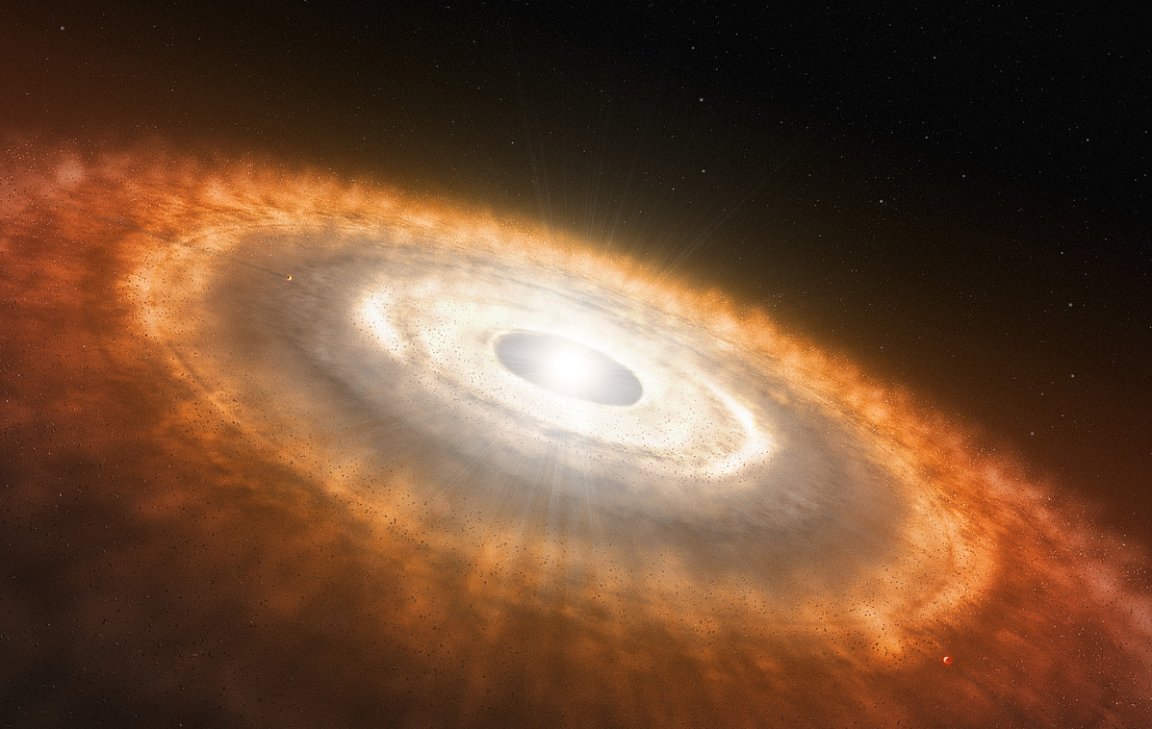
- A new model suggests that gas giants could have developed with the help of slowly forming, relatively small pebbles – a discovery that may help us answer a number of other questions about the planets. “It really is a paradigm shift for how planets form,” says lead author Harold Levison, a planetary scientist at the Southwest Research Institute in Boulder, Colorado.
- Before the pebble-accretion model emerged, the leading idea was that dust and ice grains coalesced slowly to form kilometre-scale objects; these combined with each other until they were big enough to hold onto a gaseous cloak and become a true gas giant. But scientists found it difficult to explain how this leisurely process could have finished in just a few million years, before the disk of dust around the Sun dissipated.
- The new model suggests that instead of the disk of gas and dust forming into pebbles rapidly, the proto-planets might build up more slowly. And indeed, if the pebbles form less quickly, then the objects which grow from them are both less numerous and take much longer to grow. The paper was published today in the journal Nature.